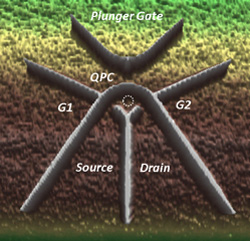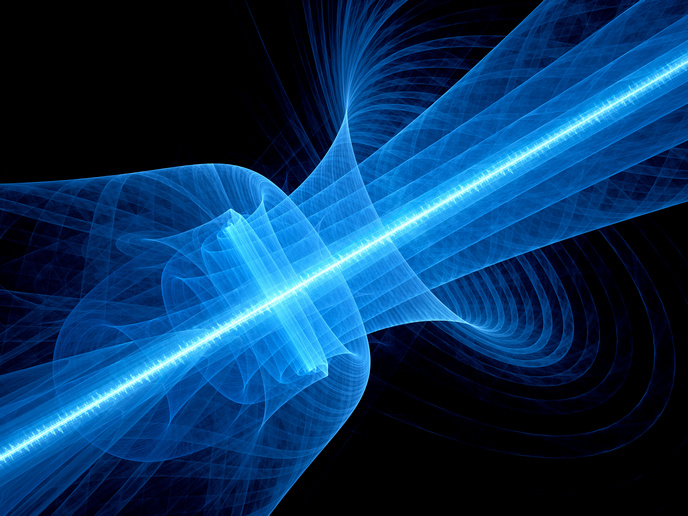Keeping the electron spinning
Spintronics aims to revolutionise the way that electronic devices currently work. Instead of using electric charge carriers like electrons through silicon semiconductors to transmit information and commands, spintronics aims to use the spin of the electron. The 'Single spin manipulation in locally oxidized p-type semiconductor heterostructures' (SSM-ILOPSH) EU-funded project explored the spin of electrons with the aim of lengthening their lifetime. Currently, spin decoherence and the lengthening of spin lifetime are central issues being faced by researchers in spintronics. Up until now, research had focused on two-dimensional electron gas-based nano-constrictions. Recent developments in the area of two-dimensional hole gases have shown clear signatures of the fractional quantum Hall effect, which allows for incredible precision, or exact quantisation. Actual measurements have been found to approach one part in a billion. The SSM-ILOPSH project aimed to develop novel schemes for determining spin-related material parameters such as g-factor and spin-orbit coupling strength, in various two-dimensional electron gas nanostructures defined by local anodic oxidation lithography via electrical transport measurements. This research is essential to explore electron spin dynamics, decoherence and relaxation in quantum dots and double quantum-dot semiconductor spin qubits. It is also important in determining the conditions for coherent transfer of spin in nanocircuits as well as detection methods of spin currents. Results of the SSM-ILOPSH experiments are helping scientists to understand and control the coherent spin states of individual charge carriers, fundamental for quantum computation in a solid state environment.







